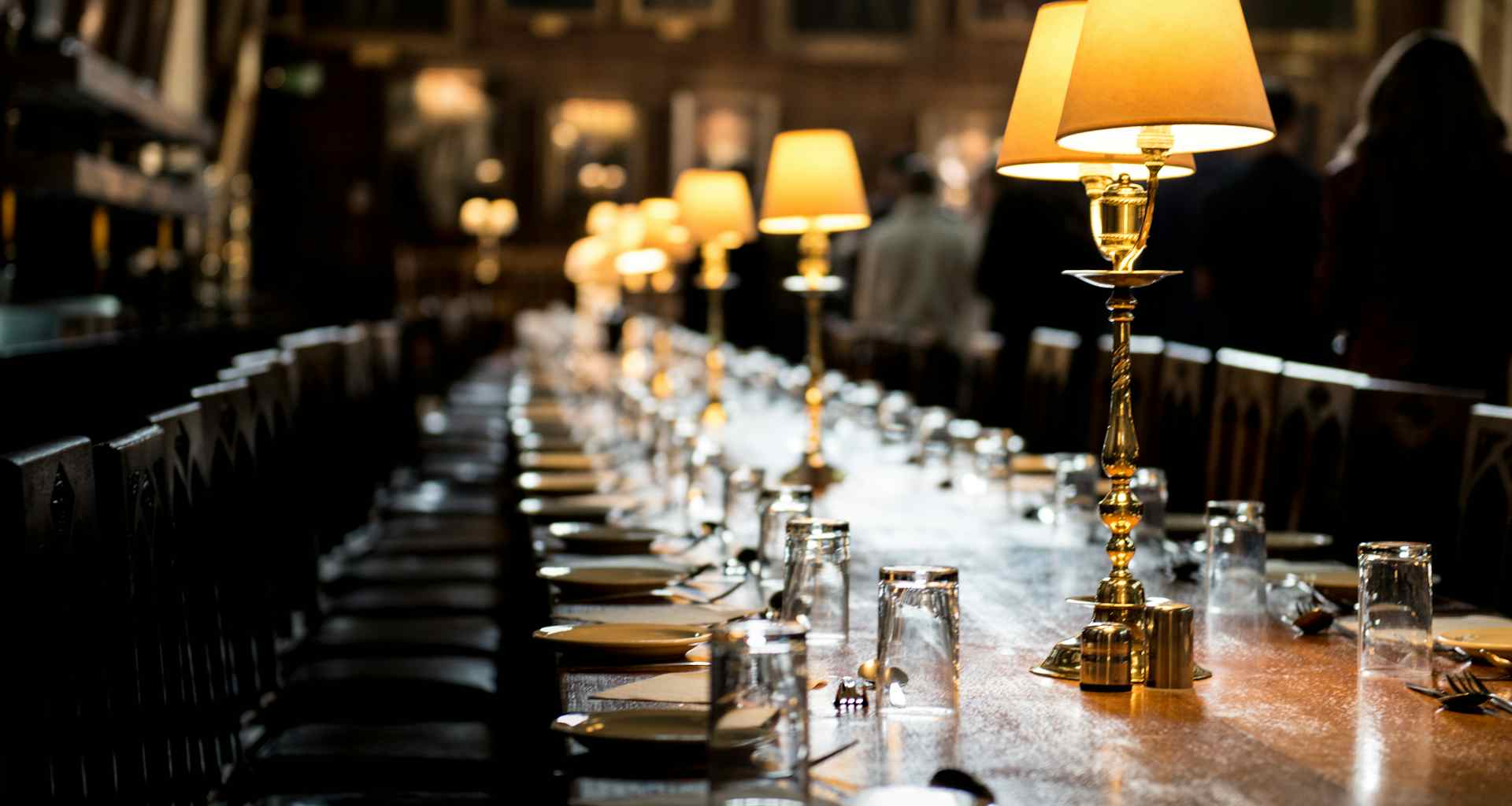Fragrance composition is the intricate process of creating a scent by blending various aromatic ingredients. It’s a crucial element in fragrance analysis because it directly influences the fragrance’s overall character and performance. Understanding the composition helps in deciphering how different elements contribute to the final scent, how they interact with each other, and their impact on factors like longevity and projection. This knowledge is essential for replicating, modifying, or enhancing fragrances, and plays a key role in quality control and product development in the fragrance industry.
Chemical Composition of Fragrance
The chemical composition of a fragrance is a complex blend of various aromatic compounds. These compounds can be natural, derived from plants and animals, or synthetic, created through chemical processes. A typical fragrance composition includes volatile top notes, which provide the initial scent impression; middle notes, which form the heart of the fragrance; and base notes, which give the fragrance its lasting quality. These components are skillfully combined in specific proportions to create a balanced, multi-layered scent. Each compound contributes to the fragrance’s overall aroma, evaporation rate, and how it interacts with the skin and environment.
Synthetic vs. Natural Ingredients in Fragrance Composition
Synthetic ingredients in fragrances allow for a wider range of scents, some of which are impossible to obtain from natural sources. They also offer consistency in scent and are generally more cost-effective and sustainable to produce. Natural ingredients, on the other hand, are sought after for their authenticity and depth of complexity. However, their use is often limited by variability in crop yields, regional availability, and potential environmental impact. In fragrance design, the choice between synthetic and natural components depends on desired scent profiles, production costs, sustainability considerations, and market trends. The balance and interaction of these ingredients are critical in defining the unique character of a fragrance.
Fragrance Composition Analysis
Fragrance composition analysis is the process of deconstructing a fragrance to identify and quantify its individual components. This analysis is pivotal in understanding the precise makeup of a fragrance, from the balance of top, middle, and base notes to the specific aromatic chemicals present. Techniques like gas chromatography-mass spectrometry (GC-MS) are commonly used for this purpose. By analyzing a fragrance’s composition, chemists can replicate scents, reformulate products, and ensure adherence to regulatory standards. This analysis is also essential for safeguarding intellectual property, as it provides a detailed profile of the fragrance’s unique blend.
Fragrance Contaminants and Pollutants
Fragrance contaminants and pollutants can include phthalates, synthetic musks, and volatile organic compounds (VOCs). Phthalates, often used as solvents, can disrupt hormonal balance and have been linked to health issues. Synthetic musks, common in perfume formulations, can accumulate in the environment and potentially affect wildlife. VOCs contribute to air pollution and may cause respiratory irritation. Regulatory bodies like the IFRA (International Fragrance Association) set standards to limit these substances in fragrances. In laboratories, safety protocols include using proper ventilation systems to minimize inhalation risks, wearing protective gear, and adhering to strict waste disposal methods to prevent environmental contamination. Regular testing of products for these substances is also a key protocol to ensure consumer safety and regulatory compliance.
An important part of laboratory safety when working with potential contaminants is having proper seals for containers in the lab. Explore ILT’s website for trusted products used in the Food & Fragrance industry.
Read more about the seals and septa industry on our blog page or learn more about ILT, the world leader in manufacturing seals and septa here.





